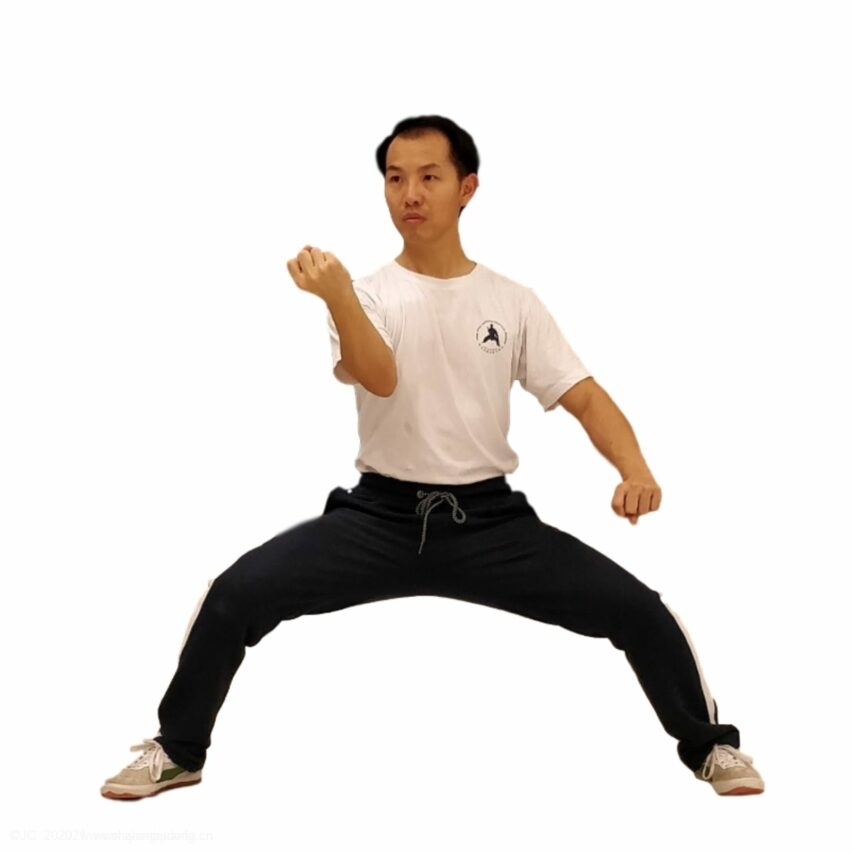活步正圈
- 顶着头
- 各司其职zheng
- 工厂工人做工,不是每个人做同一工作,但是同一时间工作。
- 例子:脚自己前后走,中轴保持竖直不动,手往外,肘往里。
倒手
- 做正圈,第三动,要倒手。
- 转腰后,顶着肘,手翻过来。
- 节节贯穿
- 手与肘要有关系,要分先后的动。像在管了里走。
- 用太极缠棍练倒手.用单手转这根棍。如用两只手转这根棍,就很容易。
- 要拧开瓶盖:先定着瓶身,拧瓶盖。拧完后,手放开瓶盖,把手放到原来放在瓶盖,抓着瓶盖,再拧。
- 这个是转关的概念。
Moving Step Positive Circle
- Hold your head up, tuck the chin.
- Each body part performs its own duty. Don't merge together.
- Factory workers work, not everyone does the same job, but at the same time.
- Example: Move the feet back and forth by themselves, keep the central axis upright, move your hand out and elbow in.
- The waist must go backward while the hand goes forward.
倒手 Dao Shou (Repositioning of the hand)
- Postive Circle: Third count: to reverse the hand.
- After turning the waist, press the elbow and turn your hand over.
- Going through one by one. A training going through a tunnel, the train head must go through first, and one car by one car following. The hand and elbow must not be competing against each other for the same job.
-There must be a relationship between the hand and the elbow. It's like going through a tube.
-Use 太极缠棍 Taiji Chan Gun to train using a single hand to rotate a stick. It's easy to turn the stick with two hands. Using one hand means to separate different parts of the hand to actual as two.
-To open a jar, hold the jar and twist the cap. After rotating the cap a bit, let go of the cap, put the hand back on the original position of the cap, hold the cap, and twist it again. Repeat until the cap can be removed from the jar. If we never let of the cap, and just move the hand to rotate the cap, the cap will only go back and forth, and it can't come off. There is a need to reposition the hand, and so the next move can can continue from the last end point.
-This is the concept of turning over of the joint. It requires switching to continue to advance.
Double Agent 无间道
The middle can belong to the front, and later it can belong to the back.
In Positive Circle, the shoulder belongs to the arm with in-with-elbow. The shoulder belongs to the waist with out-with hand. The shoulder can switch roles.
In 1-2-3, 1-2 can work together, 2-3 can work together, but not 1-3.
Going Over
The boat going forward in the water requires the boat to go over the waves. It is advancing. It is a smooth switch.

 我们为什么要写笔记和分享到网站上?
我们为什么要写笔记和分享到网站上?